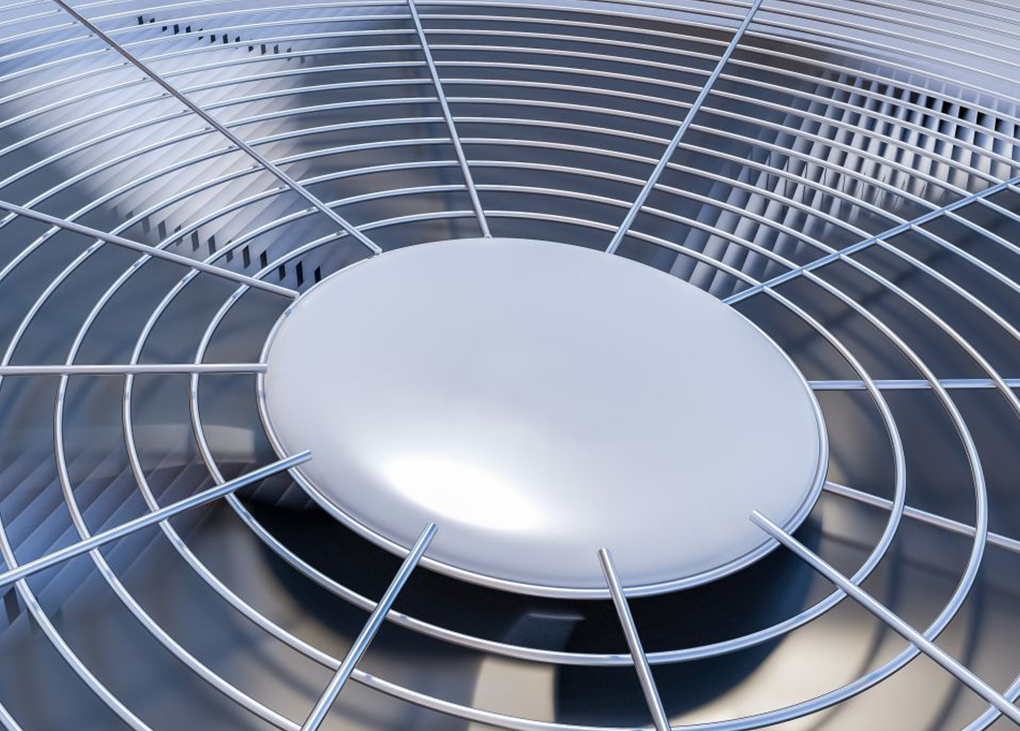The Air Conditioning and Mechanical Contractors’ Association (AMCA) has released a position statement on the role of HVAC systems in mitigating the risks of airborne transmission of COVID-19.
In the statement, the AMCA recognises that ventilation and air filtration provided by heating, ventilation, and air conditioning systems (HVAC) can reduce the airborne concentration of COVID-19 and thus the risk of transmission through the air.
“Although not the main source of transmission”, the document says, “aerosols emitted from a person infected with COVID-19 can pose a risk of airborne transmission under certain conditions.”
The comprehensive document outlines a number of strategies through which HVAC systems can reduce the risk.
Increased ventilation through intake of outside air
The document supports increasing outdoor air ventilation rates to help remove contaminated air, thus lowering the overall concentration of infectious aerosols.
Other options suggested include: disabling demand-controlled ventilation; local exhaust ventilation for source control; opening outdoor air dampers; using operable windows to boost ventilation; and improving central air and other HVAC filtration to the highest level achievable.
Minimise the recirculation of air where possible
Although reducing or eliminating air recirculation can help minimise the risk of transporting airborne contaminants from one space to another, the AMCA says it is not possible in all buildings.
“In buildings where it is possible, changes to the system operation will impact heating and cooling capacity and increase the energy consumption, significantly in some cases. Decisions to change the operation of air recirculation should made in consultation with HVAC professionals and take into consideration all relevant factors,” the document says.
“Particulate filters and other disinfection mechanisms can also be used to reduce this risk but need to be designed and installed for this purpose. Standard filters do not perform at a grade necessary for infectious disease control.”
Use of air filtration and cleaning devices
The document suggests the use of air cleaning and disinfection devices such as ultraviolet germicidal irradiation (UVGI), which it says has shown to be effective against various microorganisms including coronaviruses.
Other options for consideration include: adding portable room air cleaners with HEPA or high-MERV filters; the use of portable consumer air cleaning devices in smaller spaces; and ionisation technology. These options, it says, need to be carefully considered in consultation with HVAC designers and engineers.
Proper service and maintenance
To avoid health and safety risks – such as poor air quality, airborne mould and legionella, as well as potential damage to building plant and equipment upon start-up – the AMCA says that buildings that have been running at reduced capacity because of COVID-19 should be thoroughly inspected and serviced.
Temperature and humidity
Given some conflicting views on the benefits of changing air temperatures and humidity levels to curb the spread of COVID-19, the AMCA suggests that building owners and operators consult HVAC engineers, designers and service and maintenance technicians on a case-by-case basis.
“While some infectious diseases can be restrained by changing air temperatures and humidity levels, there is evidence to suggest that COVID-19 is resistant to such measures unless changed to a level that introduces other risks (thermal discomfort, microbial growth, etc.),” says the document.
“Neither ASHRAE or REHVA recommend temperature and humidity control as a recommended strategy; however, maintaining relative humidity above 40 per cent is considered best practice.”
HVAC not a one-stop solution
These measures, the document says, should be used as part of an overall strategy that includes other administrative, organisational and behavioural measures such as social distancing, strict hygiene practices, the use of personal protective equipment and others.
“Changes to system operations will impact the heating and cooling capacity of the building and could increase the energy consumption,” says the AMCA’s Executive Director, Sumit Oberoi.
“Even the most advanced HVAC systems are unable to control all airflows, making it impossible to completely prevent the dissemination of infectious aerosols using indoor climate control measures alone.”
The AMCA says the specific options available to owners and operators will depend on a range of factors, including the design and type of HVAC system, building usage and occupancy, and health and safety risks associated with indoor thermal conditions. The position statement is available for download here.



Leave a Reply